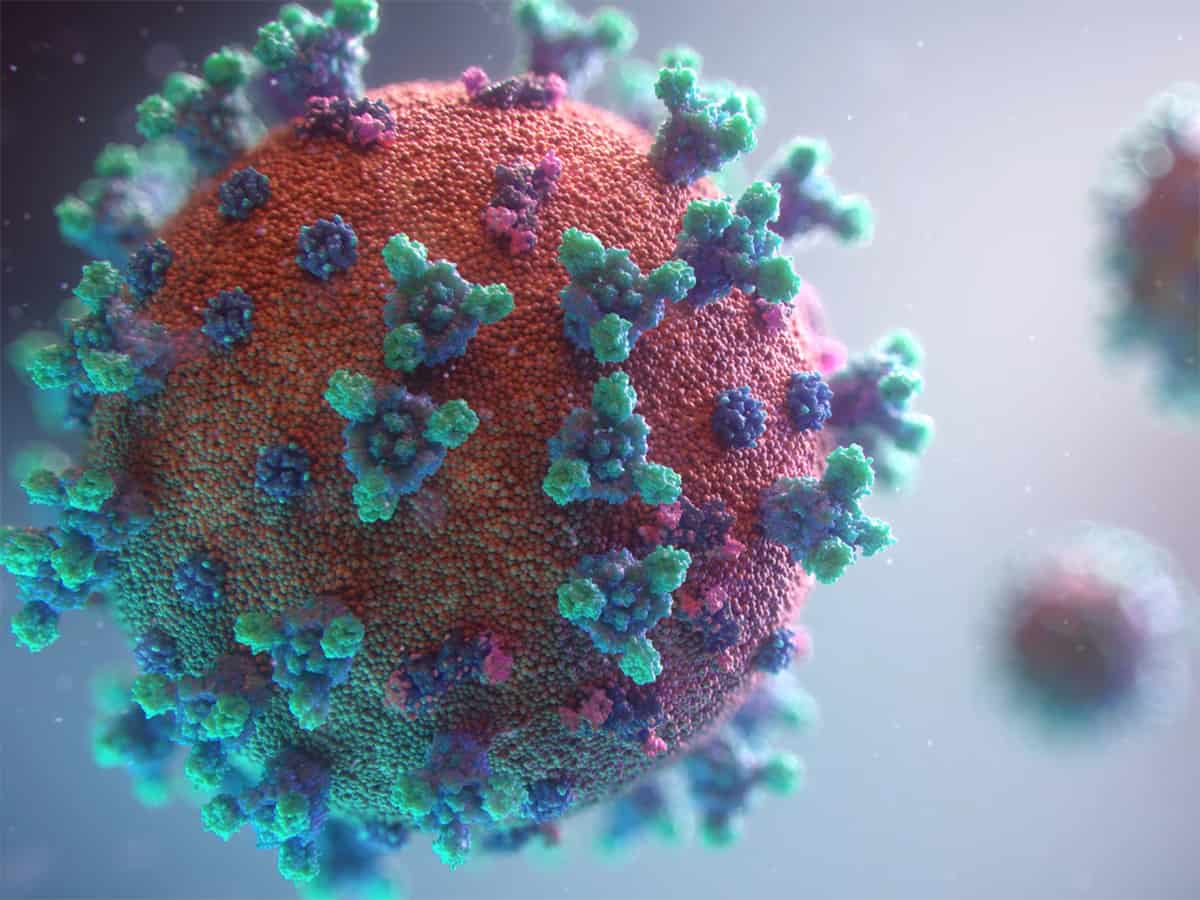

In Telangana, the number of cases has peaked at 4000 daily in June 2020. The decline then onwards was gradual till we recorded 2700 cases on August 31, 2020. The numbers after August started coming down rapidly and on March 3, 2021, we only had 150 positive cases. However, this was the calm before the storm. Almost immediately after, the numbers started going up. A 1000 on April 1, 7500 on May 1 and then a slight decline to about 500 daily over the last few days.
The fact that India was headed towards another COVID-19 surge became quite apparent by the second week of March 2021 as the number of cases rose steadily, as did the number of deaths per million by the end of March. Post-February, the positivity rate was also witnessing a steady increase. Even with evidence from other countries regarding the devastating second wave and the eventuality of a lockdown, in this period, no attempts were made to curb public gatherings, restrict internal movement or provide any income support to ease the process of a lockdown in the event of one.
Large parts of the world have undergone a second wave despite adequate mechanisms in the place. There was always an inkling that India would also not be spared, and given the inadequacies in healthcare, the effects would be debilitating. The pandemic fatigue in the general population had become glaringly evident on several occasions, such as Holi festivities and the Kumbh Mela, with most masking and social distancing protocols being abandoned. Google mobility data indicated that public transit stations, grocery stores, outdoor spaces, recreation, workplaces and even retail showed an upward movement towards pre-pandemic levels post-September 2020, compared to the period preceding it.
Last December, 29 cases of the mutant strain were recorded in the country, and its possible impact was not unknown. The vaccine rollout has been sluggish, and vaccine hesitancy among the populace was by and large obvious. Hence, there were several indicators that the second wave was not too far for India. As festivities and political rallies starting gaining momentum, the numbers of those who were getting infected insidiously started climbing till the dam doors burst open in April 2021.
Until January 2021, the total number of cases was 10 million with 1.5 lakh deaths. India has had one of the lowest deaths per million population in the world. This probably brought in the sense of complacency of having gained control of the pandemic.
Cut to the present, India now has had a total of 22.7 million cases as of May 9, 2021, with 50,000 deaths in a short span of 3 months and a total of 2.5 lakh deaths in the last 14 months due to COVID-19.
Between March-April 2020, the production of PPE was ramped extensively, and the country was producing 1.86 lakhs of PPE kits a day (as on April 30, 2020). The production of masks was to the tune of 2.30 lakhs per day. The number of Oxygen-equipped beds went up from 62,458 in April 2020 to 2,47,972 in September 2020. In the same period, the number of ICU beds went up from 27,360 to 66,638, and the number of ventilators went up from 13,159 to 33,204. As the pandemic severity showed a dip post-September 2020, there was a corresponding reduction in the number of oxygen beds, ICU beds and ventilators to 1.57 lakhs, 36,008 and 23,169 (as reported in January 2021), respectively.
This trajectory implies that the expansion in health services also witnessed a lull after infections flat-lined post-September 2020. States like Maharashtra and Karnataka saw a 50% decline in oxygen beds. Maharashtra had a reduction in the number of ICU beds by 64%. Ventilators saw a considerable reduction in Karnataka, Maharashtra, and Delhi. These are also the states which are now the ones most impacted by the second surge. States slated to go for polls in 2020-21 began to clamp down on tests and withhold numbers on the tests. As 2021 unfolded, the election campaigns in states like Bengal and Assam with no safety protocols and social distancing carried the infection surge to unprecedented levels
In pursuance of its stance of Atmanirbhar Bharat, the government was reluctant in approving foreign vaccine manufacturers such as Pfizer or Moderna. Moreover, as a goodwill measure, vaccine diplomacy saw India export domestic vaccines to 70 countries. In the eye of the storm now, India is pretty much left to fend for its own, with most foreign pharma companies having no capacity for fulfilling additional orders. India needs about 180 million doses per day. However, its current capacity is only 80 million doses a day.
Testing in India (daily testing per 1000 people) has consistently remained lower than in other countries. After the peak of infections in September, testing fell even lower, with India testing only 0.35 samples per 1000 people around Mid-February 2021. Tracing and Tracking were also largely neglected. What states must do now is to wrest control and plan their own fightback strategically. Maharashtra has shown it can be done, especially in Mumbai where cases have dropped rather remarkably. Telangana has been lucky and the relatively better infrastructure has helped. However a number of avoidable deaths could have been prevented if Oxygen wasn’t in short supply and if there were enough ICU beds in the various state run hospitals
The draconian lockdown of March 2020 happened when there were 600 cases among 1.3 billion Indians. In contrast, the UK announced a lockdown when there were 5903 cases in 66 million people, and Italy had a lockdown when it reached a toll of 9100 cases in a 60 million population. The lockdown and the subsequent exodus of migrant, poverty and the weakened economy have ensured that it can no longer serve as a policy tool in the current pandemic surge. While a simultaneous rise in health infrastructure should have accompanied the lockdown that unfortunately, did not happen. Accountability and timely disbursal of the PM Cares fund could have gone a long way in providing resources to the states. Centralised directives created a policy paralysis, and the burden now lies on the states to remedy the deficits.
Amir Ullah Khan and Nahia Hussain are researchers at Centre for Development Policy and Practice (CDPP) based in Hyderabad.

